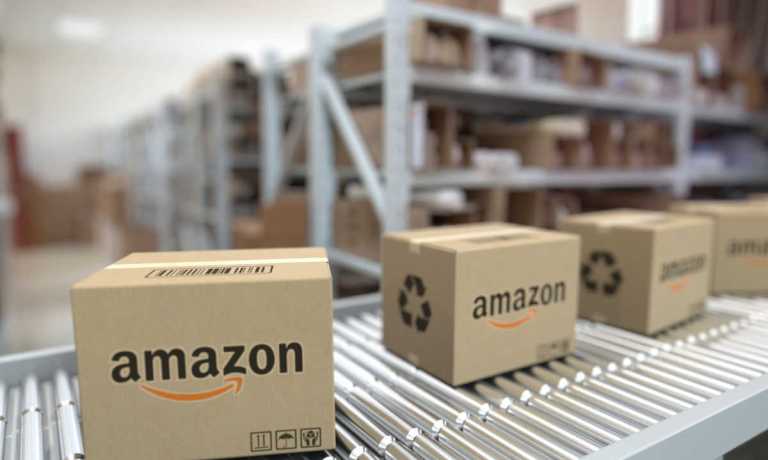Automated fulfillment solutions represent a compelling next-step evolution for retailers.
At least for the giant players. Fresh off the news in October that Walmart had acquired Alert Innovation, a robotics automation company that “develops material-handling technology for automating order fulfillment in retail supply chains,” Amazon has just announced the launch of Sparrow, which it calls “an intelligent robotic system that streamlines the fulfillment process.”
The back-and-forth battle of bleeding-edge technology currently between the two retail titans is reshaping the industry landscape by innovating — and automating — more touchpoints along the customer journey.
It is also ultimately reshaping the future of work by redefining the role of over a million human Amazon warehouse workers.
Sparrow uses artificial intelligence (AI) and computer vision to recognize and distinctively handle millions of items. The ability to “recognize” various items represents a major technological advancement in leveraging AI as part of the order picking and fulfillment process.
Last year, Amazon workers picked, stowed, or packed, over 13 million packages per day. With the assistance of Sparrow robotic assistance, the company expects that number to increase.
Advertisement: Scroll to Continue
Shifting the Balance of Power
Using machine learning algorithms, embedded cameras, and a custom gripper designed to pick out items piled in shelves or bins so they can be packed into orders for shipping to customers, Sparrow will take on repetitive tasks within Amazon warehouses and drive efficiency by automating critical steps along the fulfillment process.
The increased reliance on robots for warehouse tasks is shifting the balance of power from machines supporting people, to eventually people supporting machines. “Helping [our employees] transition and advance their career into roles working with our technology is an important part of how we will continue to innovate,” the company said.
In fact, Amazon said in November that this inverted, tech-fueled approach has already created over 700 new categories of jobs within the company, noting that the new, hybrid roles are set to employ tens of thousands of new workers across the enterprise.
Just in Time for the Holidays
This shift is also happening in response to consumers’ ongoing demand for convenience and tools that blur the lines between the physical and digital shopping experience.
Having flexed its considerable eCommerce muscles as the pandemic-led digital commerce transformation saw consumers increasingly move their spend online, PYMNTS research finds that Amazon now holds 45% of the U.S. domestic eCommerce market compared to just 5.4% for Walmart.
This competitive moat is due to Amazon’s extensive fulfillment expertise and industry-leading resources.
The company controls shipping, ordering, packaging and delivery for its products, leveraging operational innovations like the Sparrow robot to enjoy its comfortable position atop the rest of the field.
Amazon built out its fulfillment footprint like crazy in the COVID era. In fact, as PMNTS previously reported, Amazon in just two years doubled the warehouse footprint that took it over two decades to build — that’s according to CEO Andy Jassy.
The company counts millions of products of all shapes and sizes in their more than 374 million square feet of total warehouse inventory space. The sheer scale across which Amazon operates has created the opportunity, as well as the need, to innovate with new technology and advancements in operations and order fulfillment.
Sparrow is the first robotic system that can detect, select, and handle individual products, and the holiday shopping season will be its first test, particularly around reverse logistics and handling returns, the high cost of which have proven to be the downside of online shopping for retailers.
But Is It Safe?
Amazon is notorious for the high quotas it sets for workers and the level of productivity expected, as well as its internal efforts to track the pace and performance of its employees. It’s a fact that is partly responsible for its present market dominance, but one that has also caused concerns among staff and labor rights groups.
It is unclear whether the introduction of Sparrow robots, which will speed up the fulfillment process beyond what was possible with strictly human workers, will help or hinder Amazon’s workplace safety goals, but the company has made little secret of its intentions to use tech to reduce risk and accidents.

